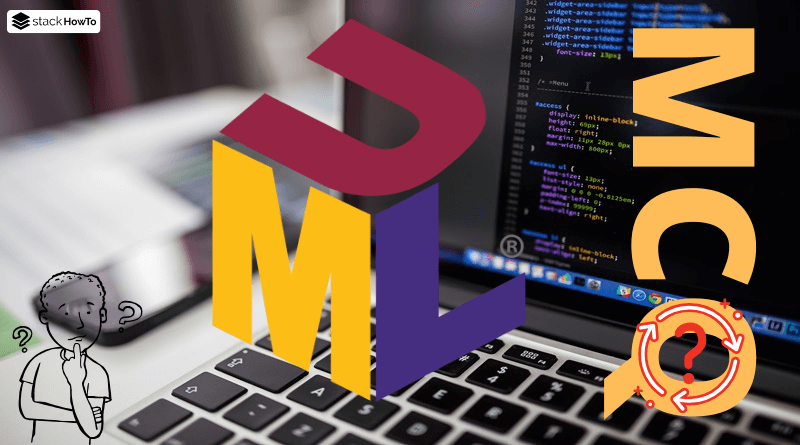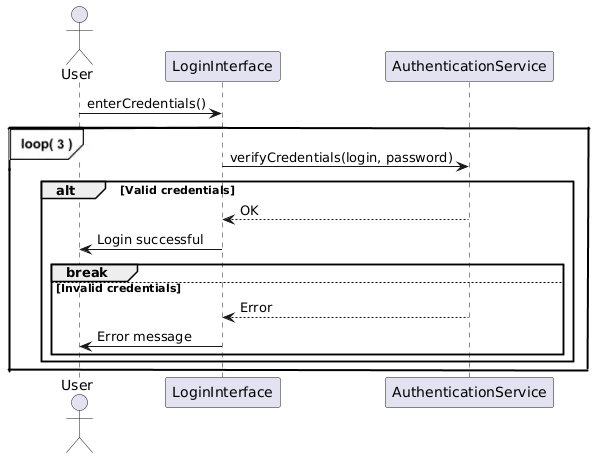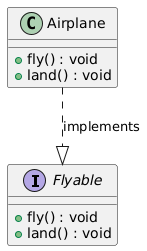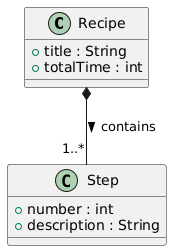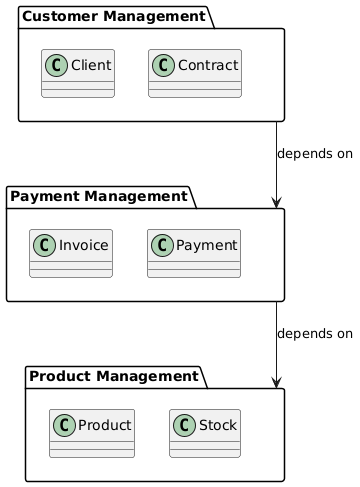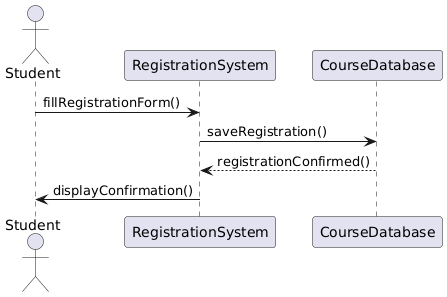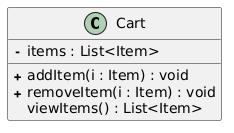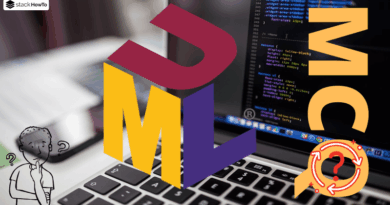UML Diagrams MCQs Questions With Answers – Part 23
Test your knowledge and boost your confidence with these multiple-choice quizzes focused on UML diagrams, foundational software engineering concepts, and real-world best practices. Designed for students, developers, and exam candidates, these MCQs offer a quick and effective way to assess your understanding and sharpen your skills.
1. What does <<include>> mean here?
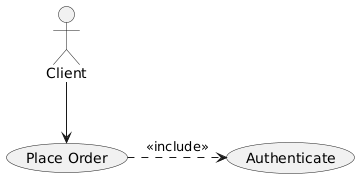
A The command is optional
B The client can order without authenticating
C The “Order” case requires authentication
D “Authenticate” is a possible extension
2. Which UML fragment represents a conditional repetition (equivalent to a while loop)?
A alt
B opt
C par
D loop
3. What is the standard UML symbol for implementing an interface in a class diagram?
A A solid arrow with a closed tip
B A dashed arrow with an open tip
C A solid line with no arrow
D An association with multiplicity 1..*
4. What does the <<include>> relationship mean in a use case diagram?
A An optional feature
B A secondary use case extended from a primary one
C A use case called systematically by another
D A dependency between two classes
5. You are creating a cooking app. What relationship models the link between a recipe and its steps (which only exist within the recipe)?
A Aggregation
B Dependency
C Composition
D Association
6. Which UML diagram is best suited to describe the modular organization (packages, dependencies) of a software system?
A Sequence diagram
B Activity diagram
C Class diagram
D Package diagram
7. You want to illustrate the scenario: “A student registers for a course, then receives a confirmation.” Which diagram would you use?
A Communication diagram
B Deployment diagram
C Sequence diagram
D Activity diagram
8. In UML, how is a generic class (template/generics) represented?
A With stereotypes
B With an abstract class
C With parameters placed between << >>
D With a box containing the parameter name between angle brackets < >
9. Among the following diagrams, which one is not part of UML’s behavioral diagrams?
A Activity diagram
B State diagram
C Class diagram
D Use case diagram
10. What does <<extend>> mean here?
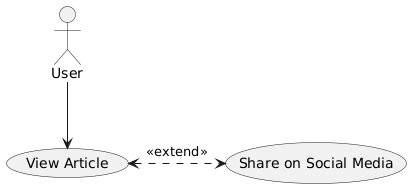
A The “Share” case is always executed
B “Share” is an option that can be activated on demand
C “Share” is the main case
D “Share” replaces “Consult”

